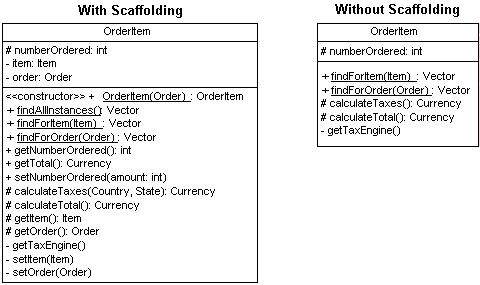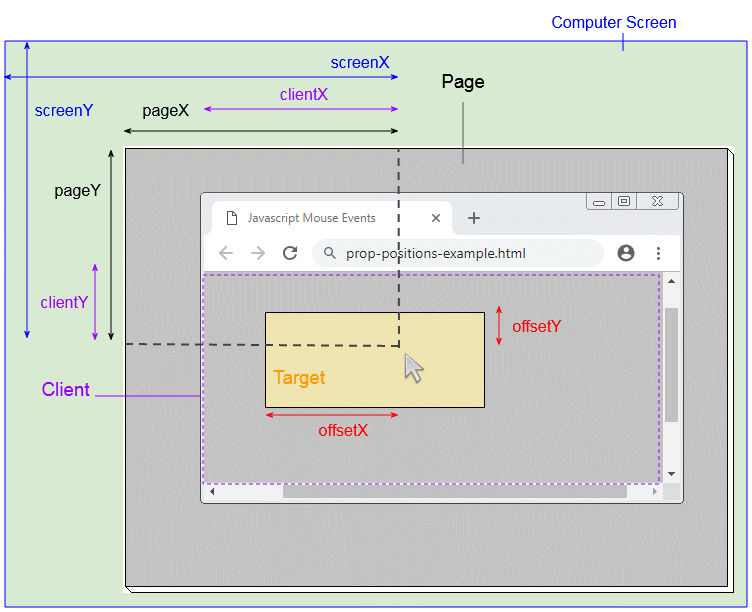
- #New mouseevent screenx screeny how to
- #New mouseevent screenx screeny code
- #New mouseevent screenx screeny free
relatedTarget the event's related EventTarget. var customEvent document.createEvent(MouseEvents) customEvent.initMouseEvent(type, bubbles, cancelable, view, detail, screenX, screenY, clientX. metaKey whether or not meta key was depressed during the Event. shiftKey whether or not shift key was depressed during the Event. altKey whether or not alt key was depressed during the Event. getCanvas() // listen to only events within the canvas final Point2D mouseLoc new Point2D(mouseEvent.getScreenX(), mouseEvent.getScreenY()) final Bounds. ctrlKey whether or not control key was depressed during the Event.

You may check out the related API usage on the sidebar. You can vote up the ones you like or vote down the ones you don't like, and go to the original project or source file by following the links above each example.
#New mouseevent screenx screeny how to
cancelable whether or not the event's default action can be prevented. The following examples show how to use getScreenX (). MouseEvent.screenX The screenX read-only property of the MouseEvent interface provides the horizontal coordinate (offset) of the mouse pointer in global (screen) coordinates. canBubble whether or not the event can bubble. Possible types for mouse events include: click, mousedown, mouseup, mouseover, mousemove, mouseout. Syntax event.initMouseEvent( type, canBubble, cancelable, view,ĭetail, screenX, screenY, clientX, clientY,īutton, relatedTarget) Parameters type the string to set the event's type to.

Covering popular subjects like HTML, CSS, JavaScript, Python, SQL, Java, and many, many more.
#New mouseevent screenx screeny free
The page on Creating and triggering events gives more information about the way to use these. W3Schools offers free online tutorials, references and exercises in all the major languages of the web. Instead use specific event constructors, like MouseEvent(). new type(typeArg: string, eventInitDict: KeyboardEventInit): type. (separate question).Do not use this method anymore as it is deprecated. Now if I can just figure out how to set the mozInputSource attribute. The screenY read-only property of the MouseEvent interface provides the vertical coordinate (offset) of the mouse pointer in global (screen) coordinates. I thought I had to construct the object! Oh, well. Following is the syntax Returning reference to the screenY object MouseEventObject. Use with screenY to get the horizontal coordinate as well. Var element = document.getElementById("element_id") Įvt = new MouseEvent(eventType, evtInit) HTML Front End Technology The HTML DOM MouseEvent screenY property returns the vertical (y) coordinate of the mouse pointer relative to the users screen display if a mouse event was triggered.

var coords2 screen - X: + sX +, Y coords: + sY document.
#New mouseevent screenx screeny code
That's much easier than what I ended up doing: var evtInit =, true) The MouseEvent HTML DOM MouseEvent DOM Events Event Objects The MouseEvent Object Events that occur when the mouse interacts with the HTML document belongs to the MouseEvent Object. Mouseevent Clientx Javascript With Code Examples In this session, well try our hand. var evt = document.createEvent("MouseEvents") The screenX and screenY properties of the event passed to the mouse event handler return the screen coordinates of the location of the mouse in relation to. Please check out the example program on how to use the MouseEvent screenX Property. Readonly attribute unsigned short buttons īoolean getModifierState (DOMString keyArg) Īdding "evt.buttons = 1". The event.screenX property returns the horizontal coordinate (offset) of the mouse pointer in global (screen) coordinates.

Readonly attribute EventTarget? relatedTarget While this does dispatch the click event, initMouseEvent() doesn't set the 'buttons' attribute of the MouseEvent interface described in DOM 3: I'm used to simulating mouse clicks in Javascript like so: var evt = document.createEvent("MouseEvents") Įvt.initMouseEvent("click", true, true, document.view, 1, 1492, 398, 1308, 274, false, false, false, false, 0, null)


 0 kommentar(er)
0 kommentar(er)
